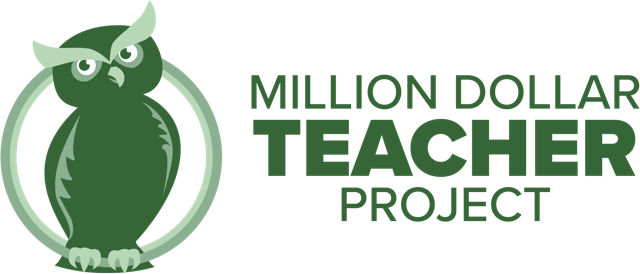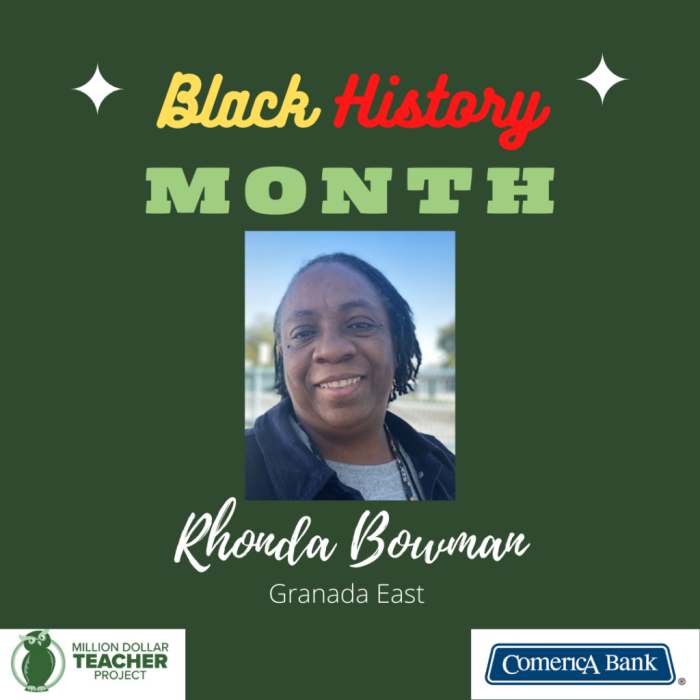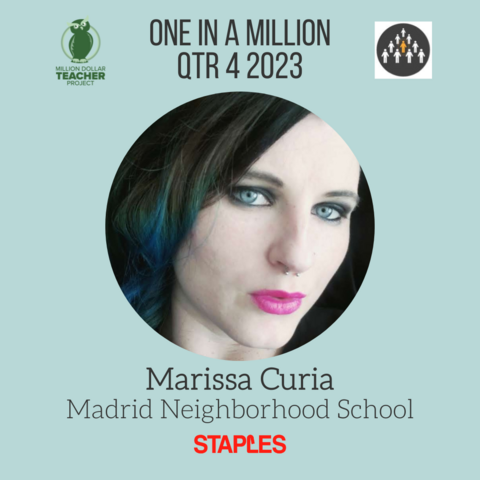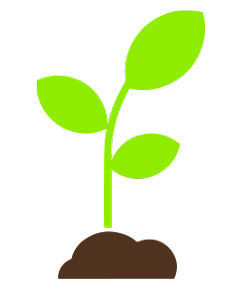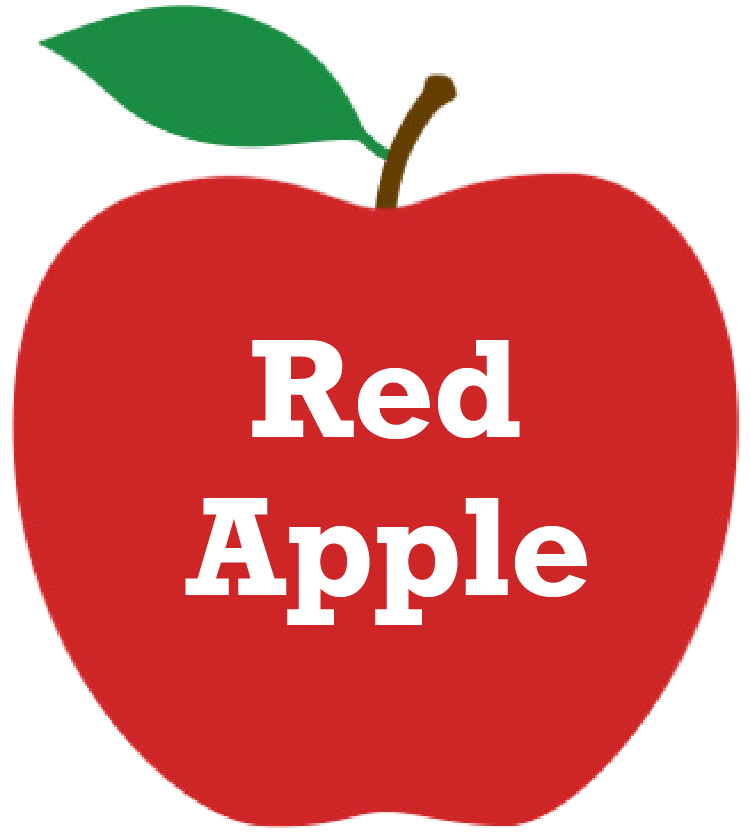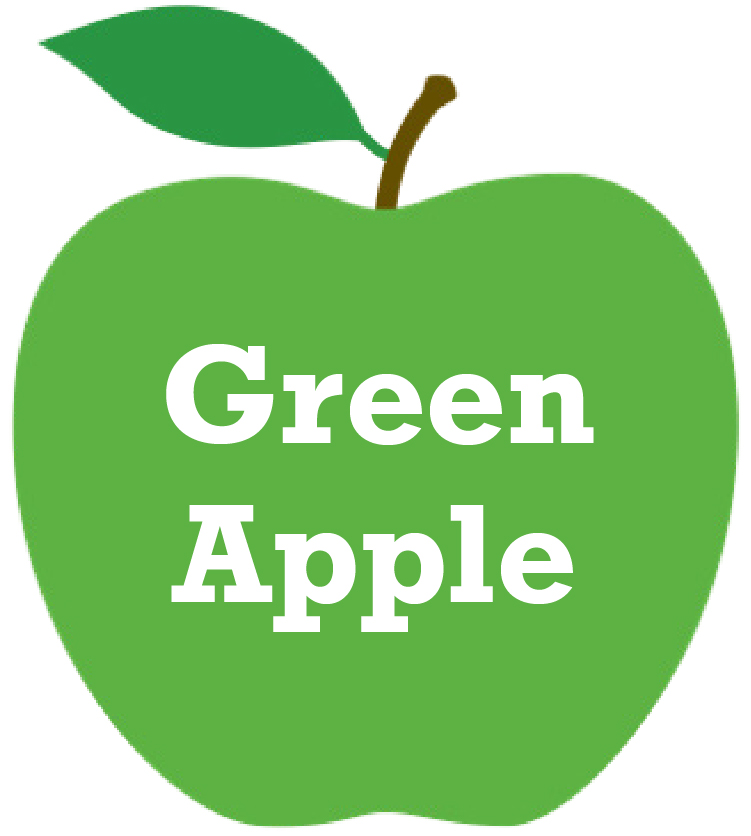One In A Million Feature Questions
Name: Rhonda Bowman
School: Granada East
Grade: 7th/8th Grade Self-Contained
How long have you been a teacher?
I have been teaching for 14 years. Eleven of those years as a special education teacher.
What made you get into the teaching profession?
I decided to get into the teaching profession after being a substitute teacher in the Phoenix Union High School District, where I covered mostly special education classes. One day, I spoke to a past student in the neighborhood and asked him what he was doing since graduation, and he replied, “Nothing.” At that moment, I saw a need for better preparation before graduating from high school, especially for students who received special education services.
Did you face any challenges because you are African-American?
There have been a few challenges I have faced as a female African American teacher. Some of those challenges are a lack of recognition from my collegues, as well as my input not being valued.
Who was your most inspirational teacher and why?
My most inspirational teacher as an adult was a professor I had while attending Arizona State University. I connected to her values and structured approach to connecting us to research and understanding how important it was to evaluate everything we do for students and to make sure the service we provide is relevant.
What do you think are some of the biggest challenges teachers in Arizona face right now?
I think one of the biggest challenges we face as teachers is supporting students who have experienced trauma, such as homelessness, death of a family member, and having an incarcerated parent.
How do these issues affect your day to day?
These issues affect my day to day tremendously. At times students’ personal life situations and traumas prevent them from engaging the material as intended. This requires me to give extra time in my day to make calls and follow up with parents.
How are the expectations of becoming a teacher different from reality?
I did not expect students’ personalities to play as large a role in education as it does. Learning to become a teacher in college gave me general theories and taught me how to apply State Standards but could never prepare me for the nuances and creativity required to make sure all my students succeed.
Why do you think teachers burn out so quickly?
I think teachers burn out so quickly because we forget to take care of ourselves on a consistent basis. I feel we sometimes have difficulty balancing our work and home life. We take a lot of work home, often forgetting that home life needs just as much attention as grading and school paperwork.
What “fills your cup” when you’re running on empty?
Talking things through with my spouse and spending some time with my colleagues at least once a week. It helps me to remember I am not alone. Feeling grateful for the opportunity to serve and knowing what I was called to do keeps me going. Reflecting on my day helps me to keep things in perspective. Meditation and deep breathing helps to calm my mind and body. Understanding that we cannot change our students’ reality; but we can make sure we are a constant source of peace and refuge for them when needed.
What are some of the most thoughtful and effective ways parents and the community can show gratitude?
I feel parents show their gratitude by supporting their child and making sure expectations are consistent with school expectations. Actively participating as part of the team working towards one goal and that is to ensure the success of their child.
I feel the community can show gratitude by making an effort to support the youth by offering opportunities to intern and/or volunteer.
What is your wish for Arizona students of color?
My wish for Arizona students of color is to realize the gift they have to offer, take chances, ask questions and know that your teachers are your advocates.
What is your advice to African-American students who want to become teachers?
My advice to African-American students who want to become teachers is to know that you are needed. The more children see people that look like them, the more they believe “it” as a reality. Find someone that is willing to be a mentor, someone who is willing to support you during the challenges and realities of teaching. Always be a good listener and understand that it is the students’ lives that we are helping to build.
What efforts, if any, should schools make to attract and retain African-American teachers?
Efforts schools should make to attract and retain African-American or any teacher would be to have a strong climate of diversity and inclusion. Have an inclusion committee whose goals include building a safe environment for all cultures.
What additional support or supplies do you need in your classroom and who do people contact if they want to help out?
If agencies partnered with the school and parents to strengthen the community relationship as a whole, then that would be extremely helpful. I believe the school or the district should offer mental wellness opportunities for families and teachers. As for supplies, most students do not have a library at home. Free books would be a wonderful way to support the classroom.
If anyone would like to reach out and help, here’s my contact information:
